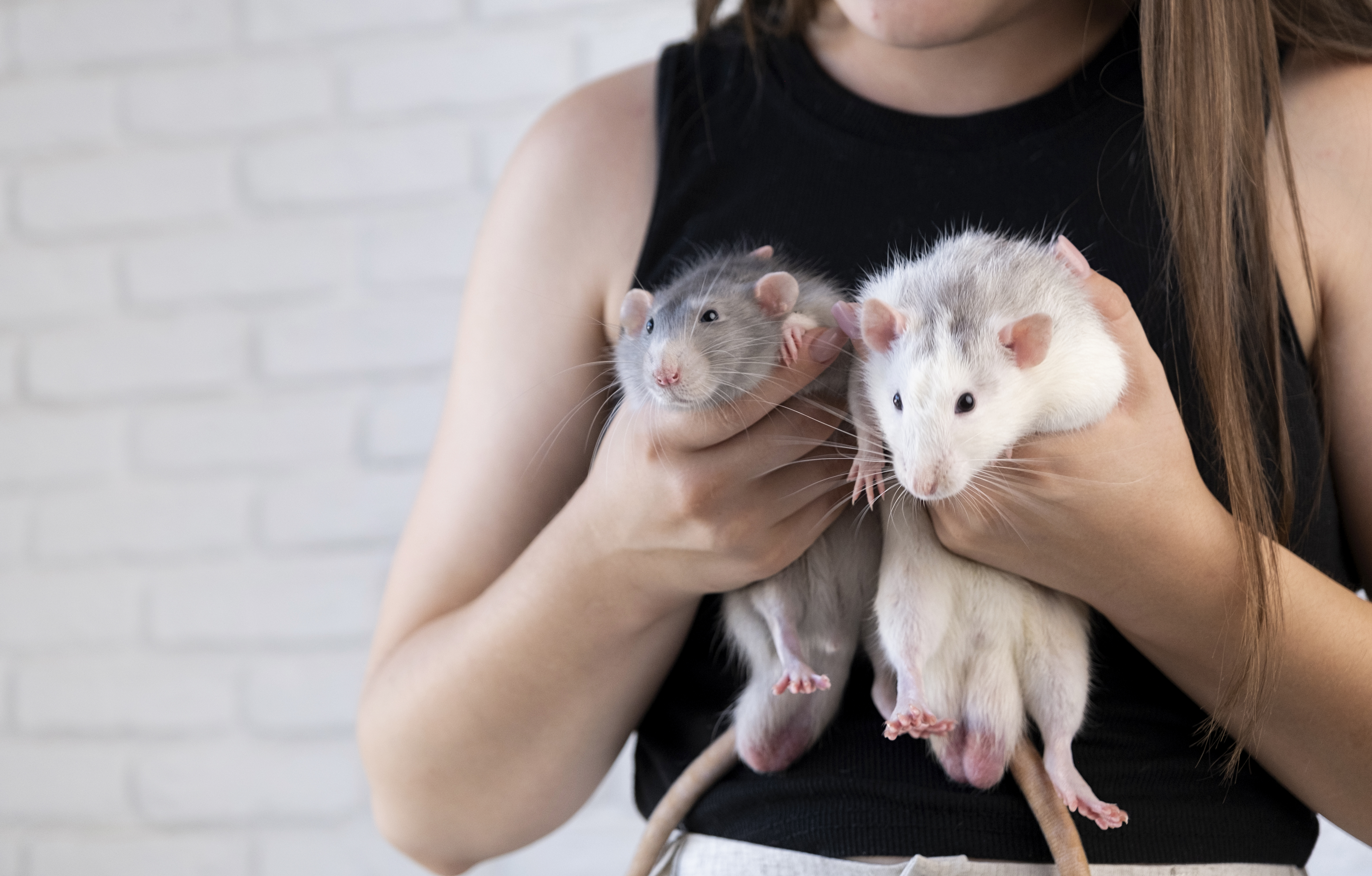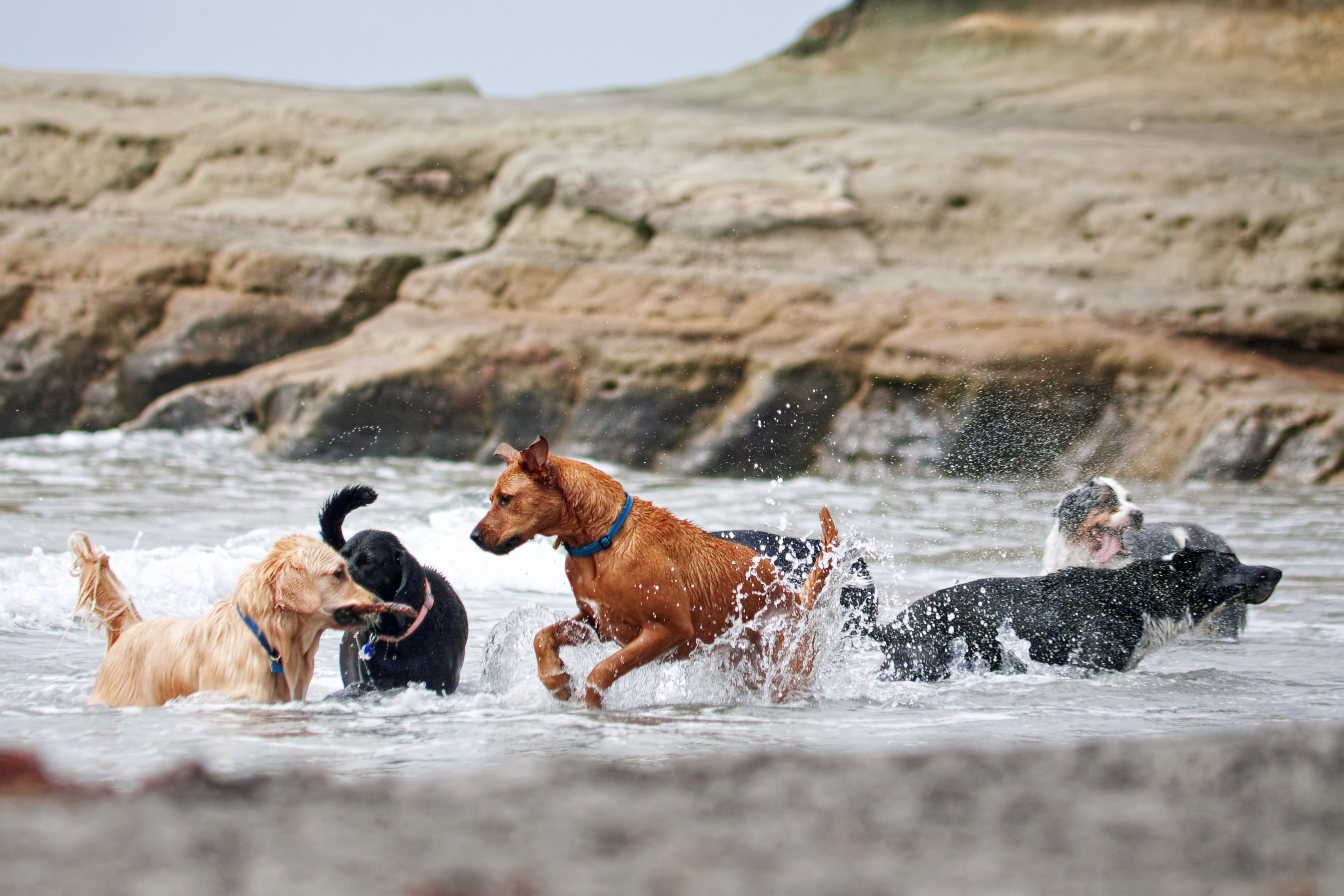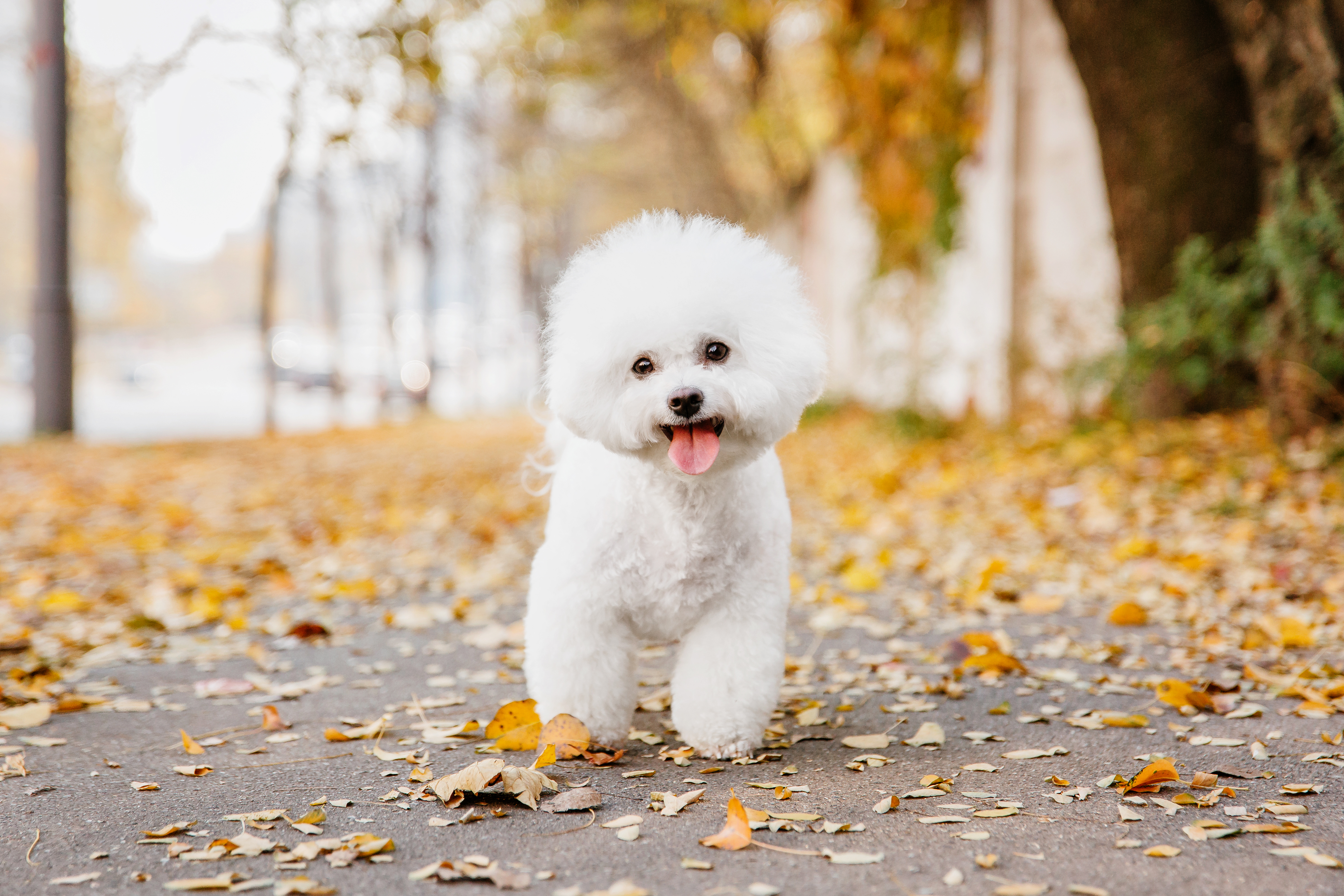Guide To Recovery After Spaying/Neutering Your Dog
Spaying or neutering your dog is one of the best steps you can take for their overall health. Having your dog undergo this procedure not only helps prevent troublesome behavior like marking in the house, but also reduces the risk of certain cancers. After your dog has had the surgery, though, it's important to make sure they have a chance to recover well so they can get back to living an active life as soon as possible. The recovery process from being spayed or neutered does require a fair amount of care on behalf of the owner.
Make Sure Your Dog Can't Lick The Incision

Although it may seem easier said than done, it is very important to make sure your dog can't lick the incision. Keeping the incision area clean is essential for better healing and preventing the risk of infection. It is also important to reduce the risk of your dog accidentally pulling out the stitches. Both of these situations can result in an unexpected, costly visit to the vet. An Elizabethan collar or 'cone' can prevent access to the incision. Although wearing one of these collars might take a little bit of time for your dog to adjust to, they will help prevent harm to the area in the long run.
Keep Your Dog Inside

Even though your dog will still need to go outside for bathroom breaks while recovering from being spayed or neutered, these outside trips need to be supervised. A dog recovering from surgery can still irritate the incision or get the area dirty out in the yard. If at all possible, your dog should go outside leashed during the recovery process. Otherwise, your dog should be in the house, especially if nobody is at home to provide supervision. Any dog can get into too much trouble outside when left to their own devices, including escaping from the yard or getting injured, which makes staying indoors all the more important.
Keep Your Dog Away From Other Animals
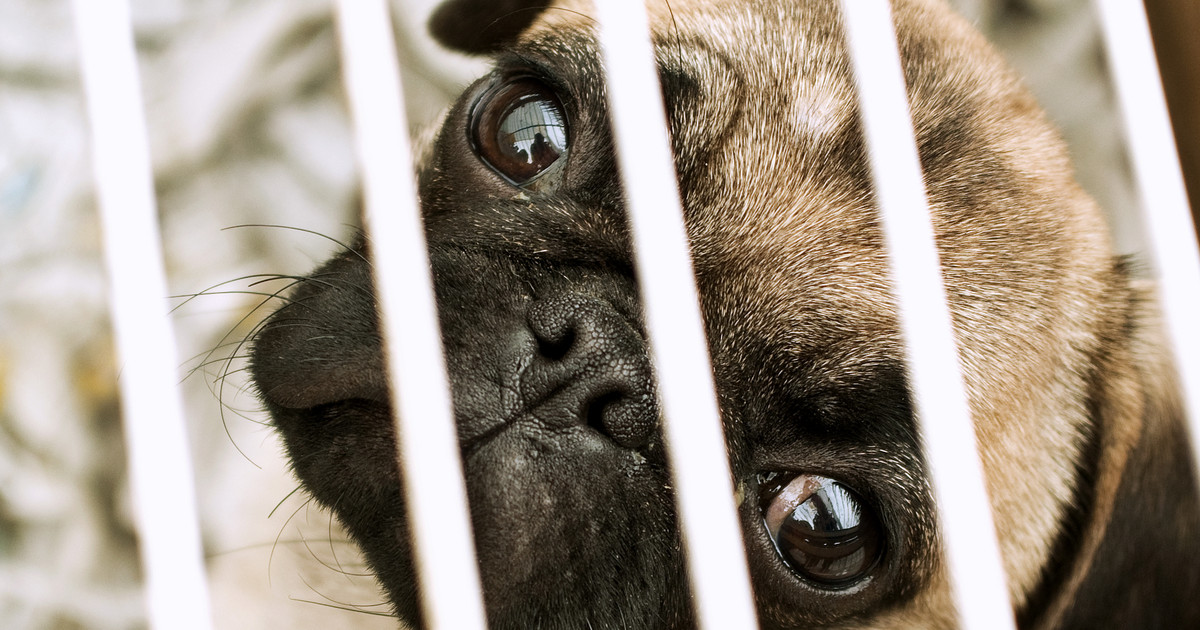
Deciding to keep your dog away from other animals after they are spayed or neutered is always a good idea. Other pets might decide to initiate play, which can get the stitches pulled out or otherwise cause irritation. Recently-spayed females who were pregnant or in heat at the time of their surgery should stay away from intact males in particular. Owners need to keep females separated from intact males in these circumstances because the males could still try to mate, resulting in injury to the females. Interactions involving a recently-altered pet and other pets in the household should include supervision and involve the recovering pet being confined to a crate or carrier. After the incision has healed, the pets can interact with each other as usual.
Avoid Excessive Activity
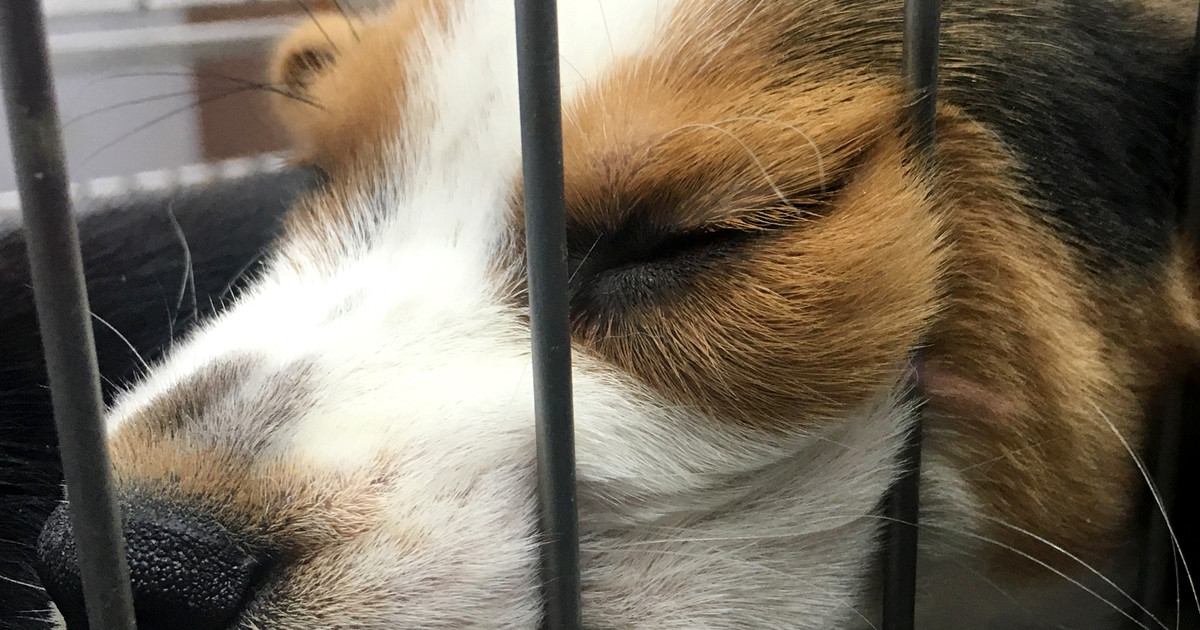
It's important for any dog recovering from being spayed or neutered to avoid excessive activity for a week after the surgery. Too much activity increases the risk of the sutures opening up and causing an infection or injury to the site, which poses a serious health risk. Dogs should have a crate or a quiet room they can rest in just after the surgery, as well as at night or any other time their owner cannot provide proper supervision. A dog recovering from this kind of surgery can take part in quiet activities, such as walks. Playing with other pets should wait until at least a week after the procedure to avoid any problems.
Notify Vet Of Side Effects Promptly
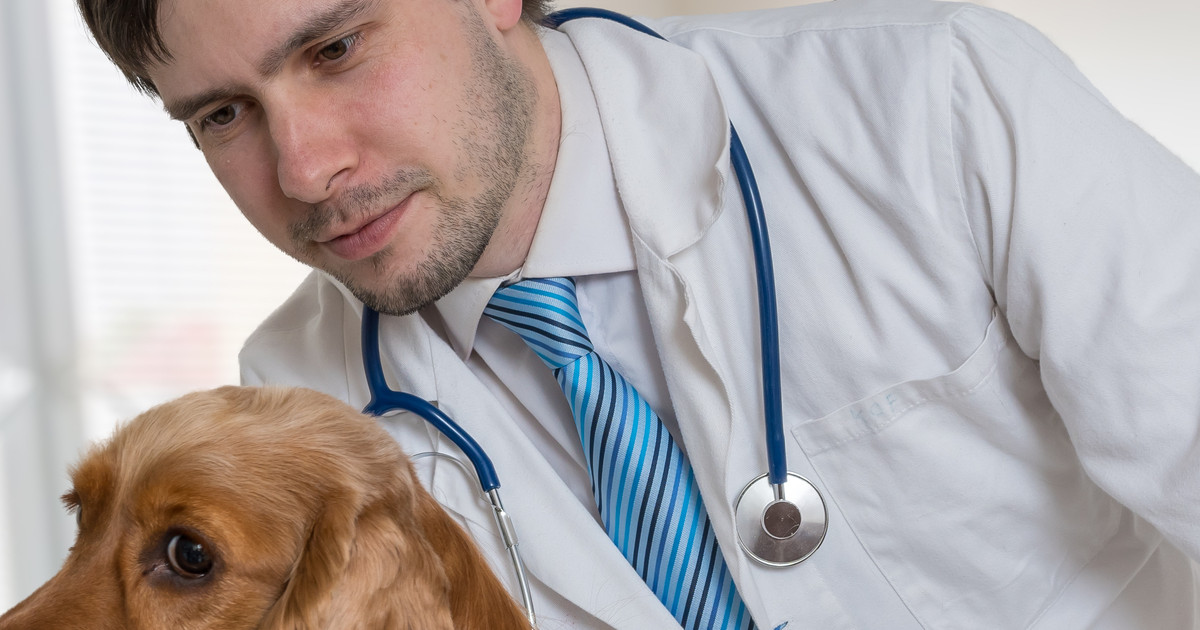
It's important to notify your vet of side effects promptly to prevent these issues from worsening, as well as provide relief for your dog. Although some discomfort is to be expected, serious problems require attention. Reasons to contact a vet promptly include the incision opening up for any reason, or if discharge, redness, and swelling are present, as all could indicate an infection risk. It is also important to contact a veterinarian if a digestive issue like diarrhea, vomiting, or decreased appetite occurs. Lethargy is another possible symptom of concern that should receive attention from a veterinarian, as it may indicate a more serious issue.

